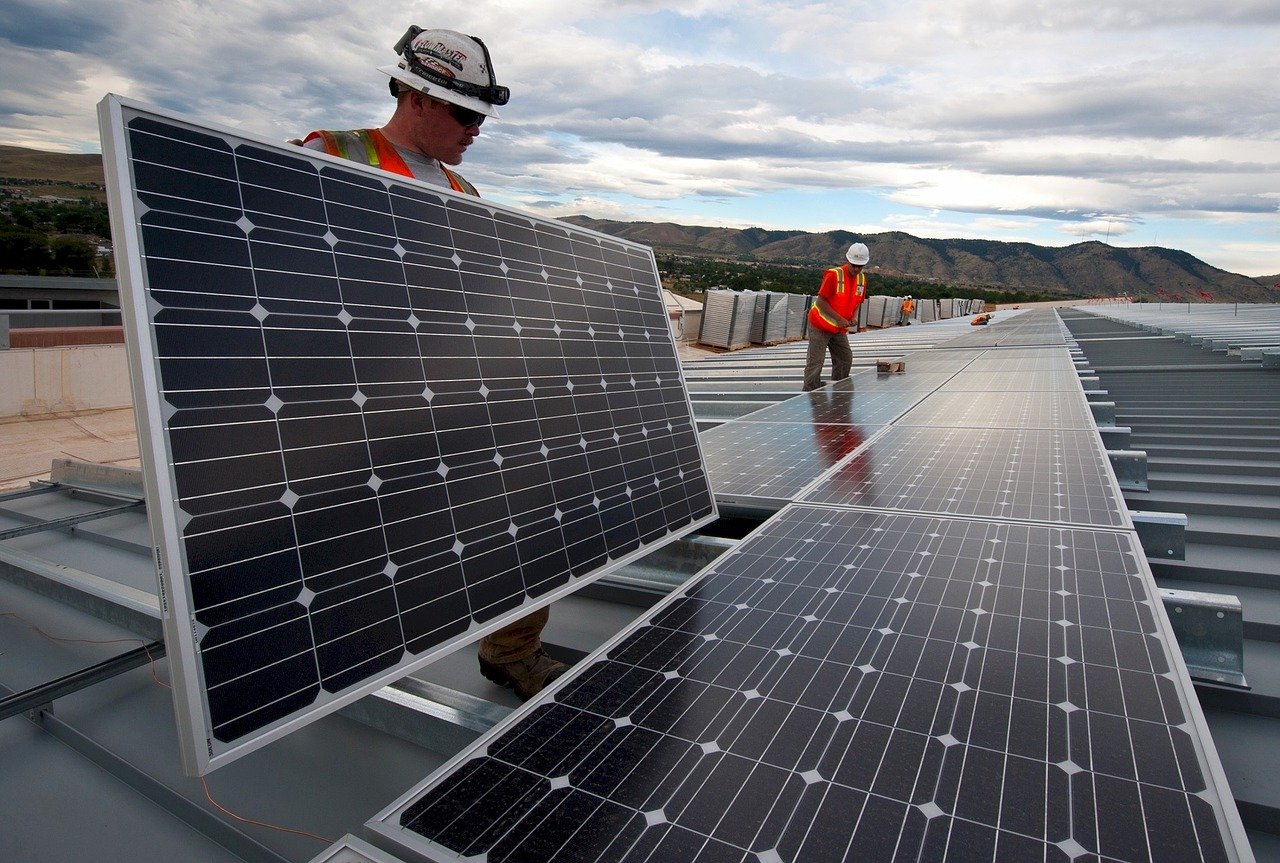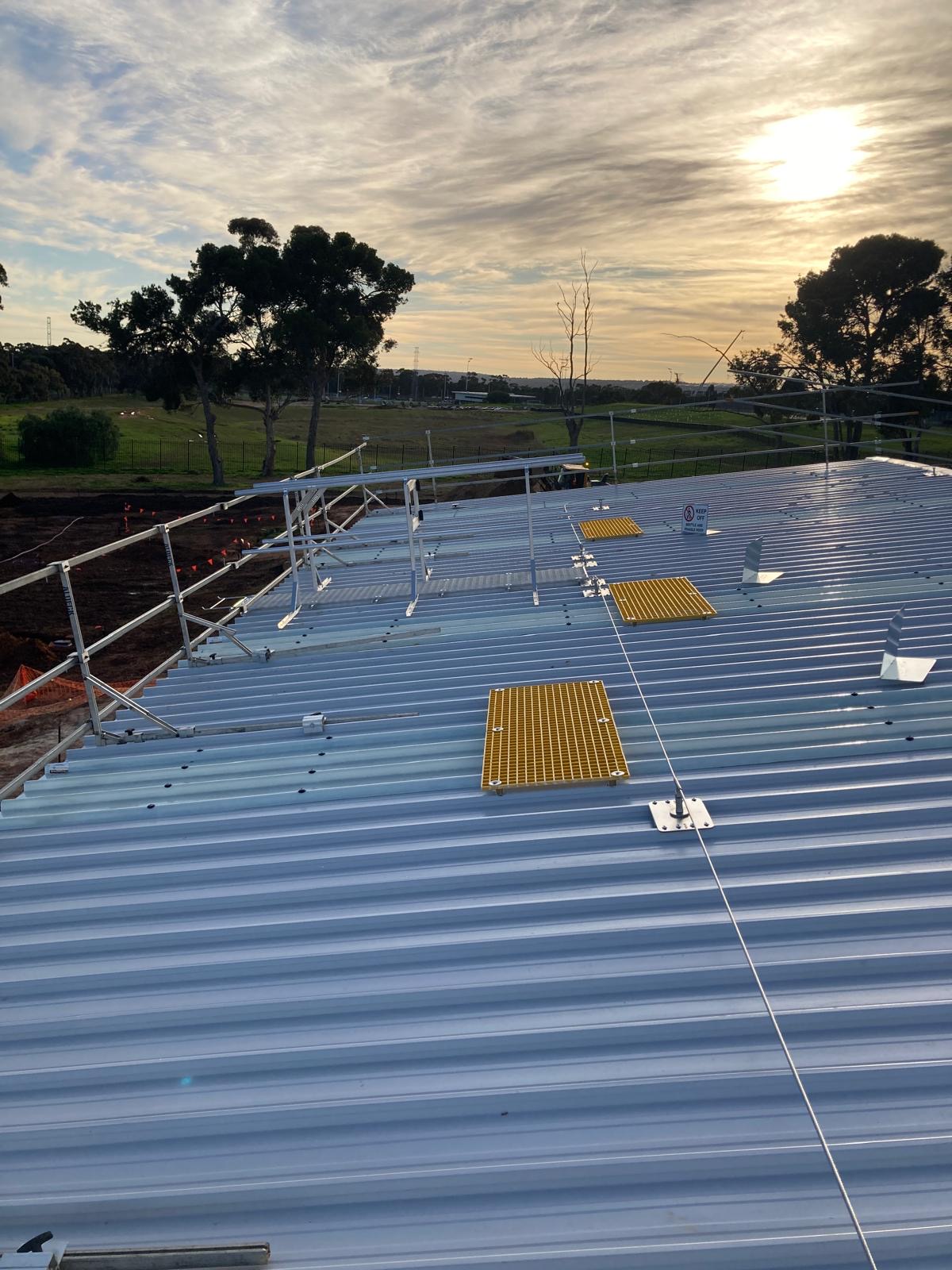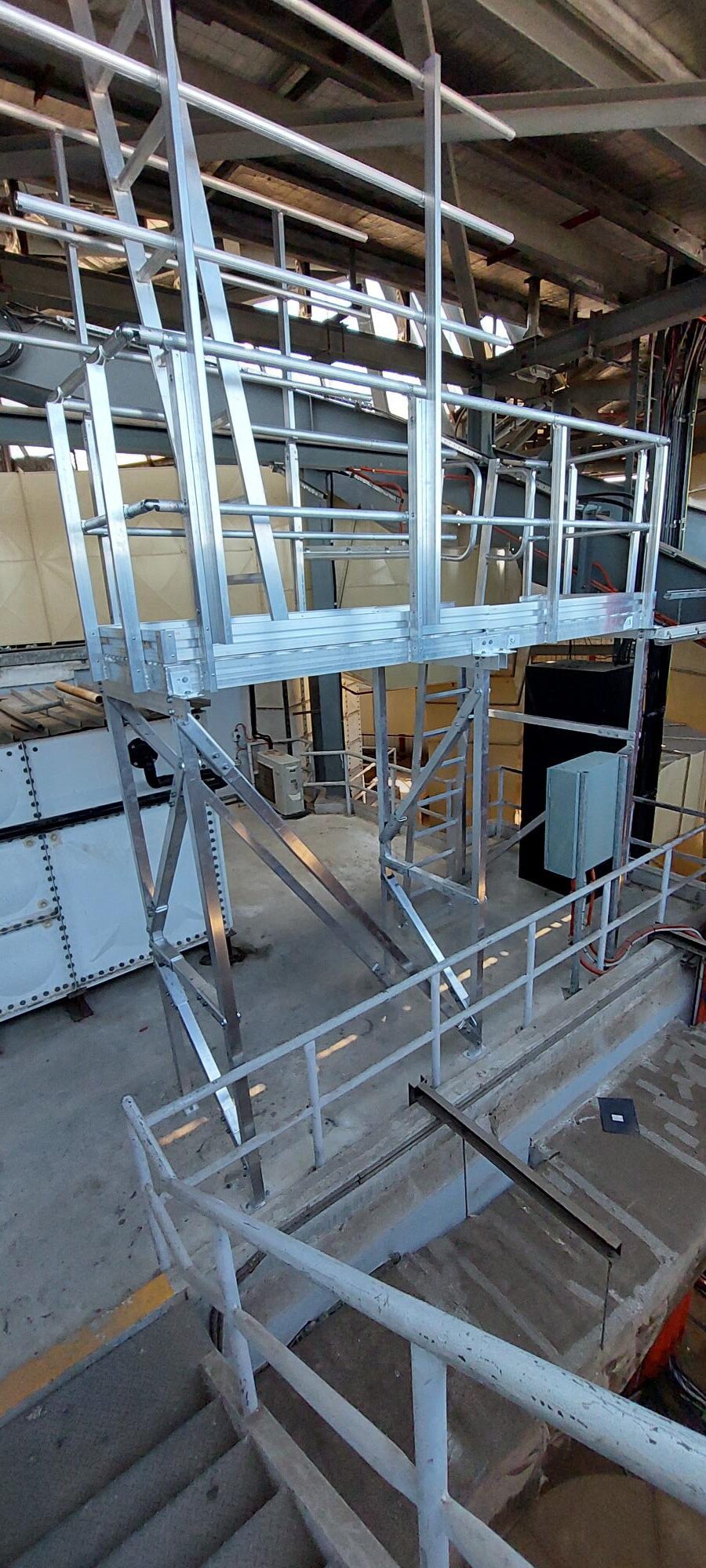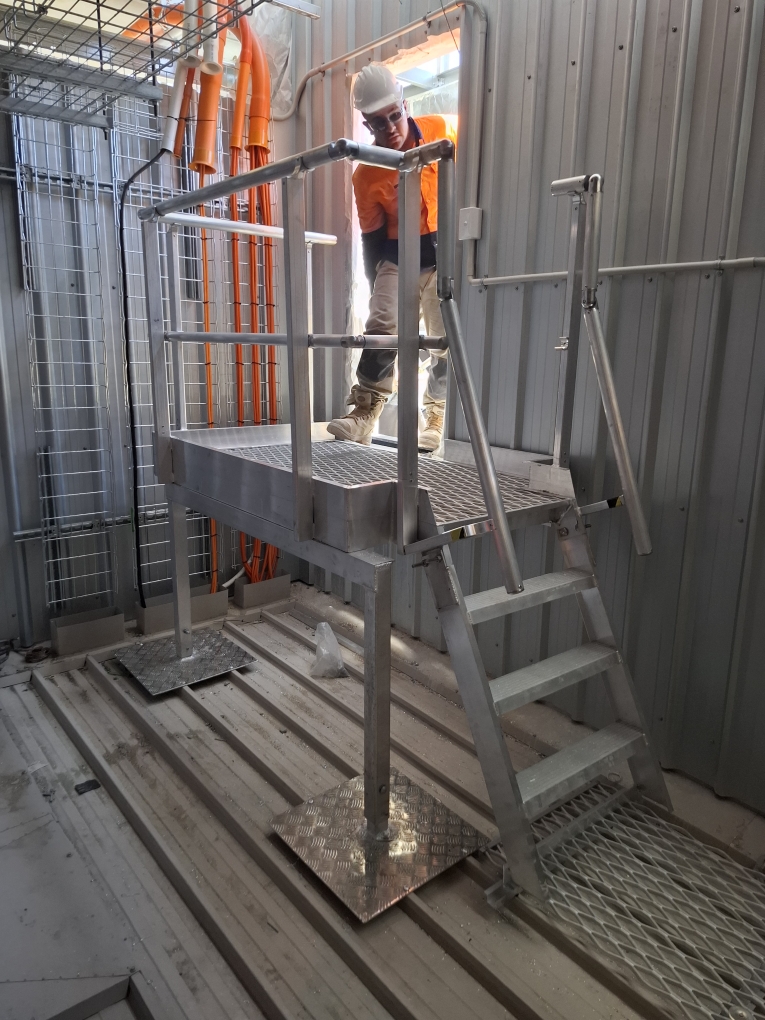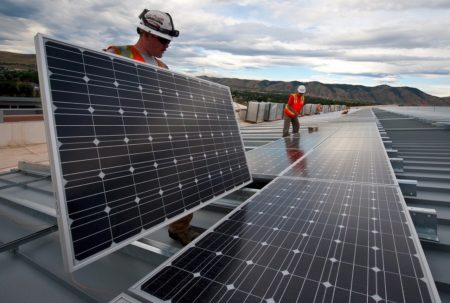 Height safety in Australia is imperative in the solar industry, as it is in any situation where working at heights is a factor. Falls from heights can, and do, result in serious injury.
Height safety in Australia is imperative in the solar industry, as it is in any situation where working at heights is a factor. Falls from heights can, and do, result in serious injury.
In the NSW construction industry, falls from height are the leading cause of workplace accidents and the majority of workers who are seriously injured fall from a height of fewer than four metres. This is usually a direct consequence of falling from ladders, incomplete scaffolds, through a fragile roof, or from a roof edge or a truck. This is similar in other jurisdictions around Australia.
The solar industry, specifically solar panel installation and maintenance, is one example where height safety is critically important to protect workers whilst completing work, and protect Directors and Managers from the potential impacts should there be a fall from height at their workplace.
Solar Installation Risk of Falls
Solar installation involves working on rooftops and, without adequate roof safety policies, practices, and systems in place, poses significant risks to the safety of workers.
It is critically important to not only use the right height safety system but to also use it correctly. This includes ensuring that all systems are compliant with the Auustralian Standards and workers are suitably trained in height safety practices and supervised in their work.
Height Safety during Solar System Installation and Maintenance
You can ensure the safety of yourself and your workers by managing and reducing the risks of falls during solar system installation or whenever working at heights is required.
Plan
You must plan ahead before commencing any work at height:
- Perform a formal risk assessment before starting work and ensure the appropriate controls are in place.
- Check the roof type and condition. The roof must be clean and dry.
- Locate all areas which may be a safety issue: skylights, plastic sheeting, brittle roofing materials, and asbestos cement sheeting. Ensure workers do not walk on or store any materials on these areas.
- Ensure your height safety equipment is fit for purpose and provides appropriate protection of workers to complete the required task. The systems should be: inspected, clean, undamaged, etc.
- Determine the most suitable fall prevention system for the roof and the job.
Fall Prevention Systems
Prevention from the outset is the safest option. Fall prevention systems include:
- Permanent handrails around the perimeter and all fall areas.
- Temporary edge protection (offers protection at the roof edge only).
- Scaffolding (offers protection at the roof edge only).
- Harness-based systems (e.g. anchor points or safetyline) – these include a fall arrest system. The worker must be suspended or supported by a rope or lanyard under tension at all times, without any slack. Attention must always be paid to continual adjustment of the lanyard length to prevent any slack. Harness-based systems that provide access to a large area must ensure that even if the lanyard length prevents access to the roof edge, it also does not enable access to brittle rooftop or other non-trafficable surfaces through which a worker can fall.
- Platforms with handrail.
- Safety Nets to protect workers from falling, especially where there are voids, and also prevent debris from falling which cause a risk to works below.
- Barricades to keep non-workers away from the site.
Ensure Safe Access
Safe access to the rooftop is also a priority. Available access systems include:
When using a portable Ladder, these must be secured both at the top and the bottom, and the top of the ladder should extend no less than one metre above the edge of the roof.
Always maintain three points of contact when ascending or descending any ladder and never lift or carry materials while climbing or descending a ladder.
All materials to be used on the roof should be lifted from the ground level, not from the rooftop. All materials and items must be secured to the roof by three anchor points and stored in such a way that their weight is adequately supported. The materials must not be able to blow off the roof.
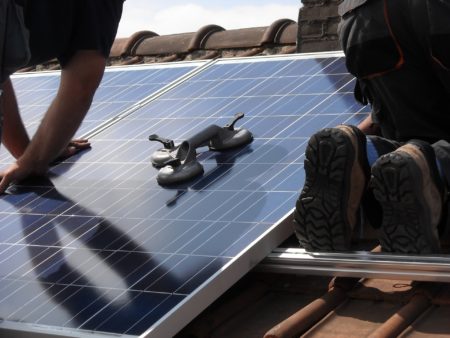
Train your Workers
The education and training of all workers in height safety practices and the correct use of height safety equipment are paramount.
Before commencing any work:
- Train all workers in height safety to the level appropriate for the workers to perfom the tasks they are required to perform
- Train all workers in the correct use of the fall arrest and safe access systems to be used
- Ensure every worker is fit for work
- Encourage safe work practices
- Supervise workers
- Develop an emergency rescue plan and train workers in emergency procedures to execute the plan should they be required to
- Ensure all workers understand it is their duty and their right to stop work if it is determined to be unsafe
- Encourage workers to speak up if height safety practices are not being maintained by others
RISSafety Height Safety Systems
Working at height safety is everybody’s responsibility.
RISsafety is Australia’s leading height safety provider. We design, test, and install bespoke and customised roof safety systems for the solar and wider construction industries, among others. We are in the protection business: protection of your workers, protection of the RIS team, and protection of your organisation, Directors & Managers.
Regardless of your unique requirements, we can develop a customised height safety system to solve your height safety and confined access needs.
